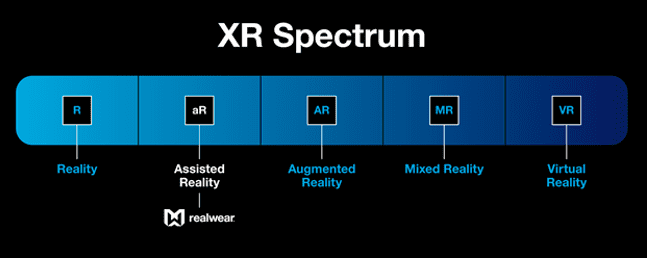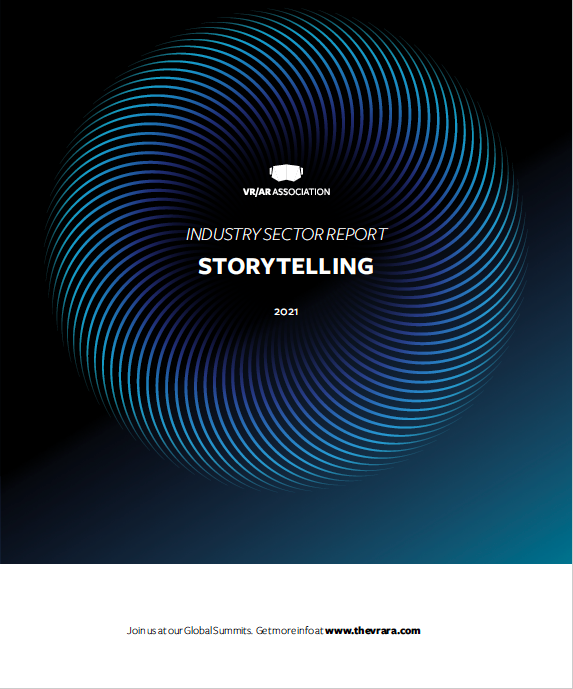Kohls in collaboration with Nextech is now significantly scaling WebAR for Ecommerce, creating thousands of new 3D models that will enhance the augmented reality experience for Kohls' customers.
Nextech AR Solutions Corp. a diversified leading provider of augmented reality (“AR”) experience technologies and services is proud to announce the expansion of its partnership with Kohls, Corporation (NYSE: KSS) one of the largest department store chains in the United States. The Kohls Nextech partnership began when Kohls identified Threedy.ai, now part of Nextech, and their WebAR for Ecommerce solutions as the most attractive option to introduce augmented reality and 3D models into its customer experience.
Extensive product testing which began with Kohls' Innovation Center, validated Threedy's return on investment (ROI)., Kohls in collaboration with Nextech is now significantly scaling WebAR for Ecommerce, creating thousands of new 3D models that will enhance the augmented reality experience for Kohls' customers. With Nextech's 3D WebAR for Ecommerce solutions, Kohls' customers can review products dynamically within any desired backdrop.
Nima Sarshar, Chief Technology Officer with Nextech and founder of Threedy.ai is close to this customer success story with Kohls. "When 3D ecommerce solutions are done right, the results can be incredibly rewarding. Not only financially, but also the joy of seeing your product used by millions of customers practically overnight. Our ability to use our AI pipeline to create 3D models at scale is a real value proposition for large retailers like Kohls" Sarshar commented.
View a 3D Model on the Kohls Website (Desktop Experience) or Watch a Video Preview
To try it yourself, scroll down beneath the product images and click “See it in 3D” or “View in your room”
Nextech's recent announcement that it was selected as an Early Access Partner with Google's 3D AR Search Program, strengthens the value proposition of WebAR for ecommerce, particularly for large retail customers such as Kohls. Kohls' 3D models will soon appear in organic Google search results, allowing shoppers to dynamically interact with and review the retailer's products.
Evan Gappelberg, CEO of Nextech commented on this customer success story. “Kohls is an example of a large retailer that quickly recognized the potential for WebAR to enhance its online business. Augmented reality in e-commerce can not only drive sales, but reduce customer returns as the buyer feels a higher level of product familiarity before placing the order - the latter being a key point for many e-commerce customers. By combining Threedy’s disruptive AI technology and our leading AR platform, large retailers like Kohls can reach the necessary scale critical to support their ecommerce business.”
Threedy.ai
Using Threedy’s proprietary AI and computer vision innovations, the production of 3D models can be scaled to 1,000s of 3D models per week. Threedy has built a truly disruptive end-to-end solution around its model creation technology for the AR industry. Through a simple JavaScript tag integration, product photos are automatically onboarded, 3D models are created for each product through the power of AI and hosted on the Threedy’s cloud, and 3D visualizations are served to client properties using web AR/3D, all within a single integrated platform.
Contact:
Name: Judith Planella
Email Address: judith.planella@nextechar.com









